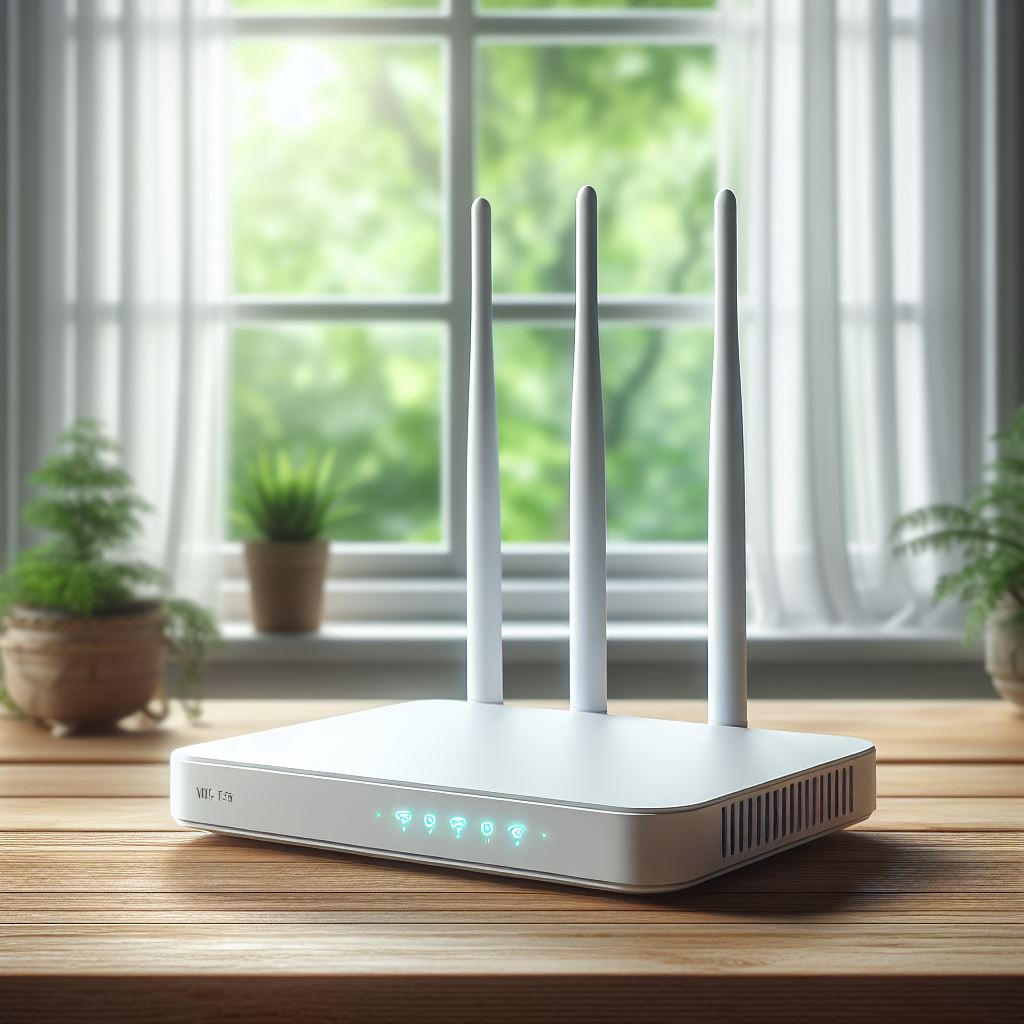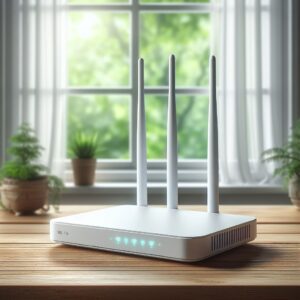The Role of Multilayer Ceramic Capacitors in WiFi Routers

In the world of wireless communication, WiFi routers play a crucial role in ensuring seamless connectivity. Behind their sleek exteriors lie intricate electronic components that work in harmony to deliver fast and reliable internet access. One such component that is often overlooked but plays a critical role in the performance of WiFi routers is the Multilayer Ceramic Capacitor (MLCC).

MLCCs are a type of ceramic capacitor known for their high capacitance values and low equivalent series resistance (ESR). These characteristics make them ideal for use in high-frequency applications like WiFi routers, where stable and efficient power delivery is essential for optimal performance.
One of the key roles of MLCCs in WiFi routers is decoupling and filtering. Decoupling capacitors are used to filter out noise and stabilize the power supply to the router’s components. In WiFi routers, where multiple components are operating at different frequencies, MLCCs help to ensure that each component receives clean and stable power, reducing the chances of signal interference and improving overall performance.
Another important application of MLCCs in WiFi routers is in RF matching networks. RF matching networks are used to optimize the transfer of power between the router’s components and the antenna, ensuring maximum signal strength and range. MLCCs are used in these networks to fine-tune the impedance matching, improving the efficiency of the router’s wireless transmission.
MLCCs also play a crucial role in protecting the sensitive components of WiFi routers from voltage spikes and fluctuations. They act as a buffer, absorbing excess voltage and preventing it from reaching the sensitive circuitry, thus extending the lifespan of the router and reducing the risk of damage.
In conclusion, MLCCs are an essential component in the design of WiFi routers, playing a crucial role in ensuring their performance, reliability, and longevity. Their high capacitance values, low ESR, and ability to handle high frequencies make them ideal for use in high-speed wireless communication devices. Next time you connect to a WiFi network, remember the tiny MLCCs working silently in the background to provide you with a seamless internet experience.
